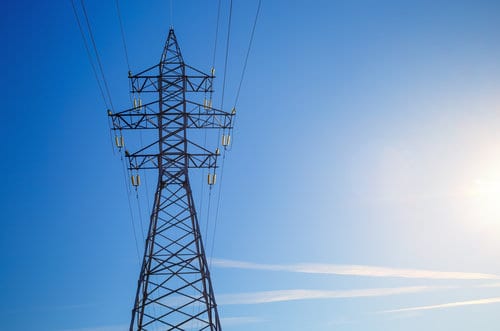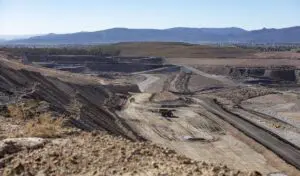
Our electricity market is a shambles. It combines the worst aspects of multiple regimes in the one system, a system that is neither clean nor cheap, neither simple nor sophisticated, neither public and fair nor private and competitive.
It’s old, outdated and it’s not getting better. Its institutions were designed for a centralised era, populated by passive consumers and powered by fossil fuels.
It’s a system dominated by a few controlling power companies. It’s a system so off it caused Australians, over the last decade, to spend $75 billion dollars building far more electricity network infrastructure than we needed.
That’s why the Homegrown Power Plan begins with a blueprint for transforming how our electricity system is governed: without sorting out the rules of the game and how these rules are enforced, it is very hard for renewables to get on the eld, let alone succeed.
The electricity market needs a reboot, not just reform. To transition to 100% renewable power we must completely redesign Australia’s antiquated electricity system. Here’s how.
- Forge a cross-party commitment to a full energy transition
Taking the politics out of energy means we can get on with the job of switching over to clean, renewable power in an e cient and a ordable way. We also need to make it someone’s job, by setting up an Energy Transition Agency to coordinate the orderly phase-in of renewables and phase-out of fossil fuels.
2. Put 100% renewable energy in the one sentence that rules them all
Why we need it: The National Electricity Objective (NEO) dictates how the market works. Our current NEO was explicitly designed not to include the environment or social justice, which means the innovative renewable projects we urgently need are being overlooked. Time for an overhaul.
How it works: Federal and state governments rewrite the NEO so that it reads as follows: ‘Deliver an a ordable, e cient, reliable, safe and fair electricity system that is powered by 100% renewable energy.’
3. Make the electricity network act more like the internet
Why we need it: Right now consumers are completely beholden to a clunky, centralised system
and the handful of companies that dominate them. By shifting the electricity network business model from analog to digital, millions of us could trade renewable energy locally, instead of a few big centralised generators selling us their polluting power from far away.
How it works: The Energy Transition Agency helps network companies
to transform themselves into local energy trading platforms. Imagine a website that lets you buy your electricity from your neighbour, or get it from the nearby solar garden that you part-own, or the wind turbine at your friend’s farm at the edge of town. Think eBay, but for local energy.
Turning the electricity market upside down is necessary, but it will take time. There are a few things we can do right now to kickstart the transition.
Reward network companies for saving their customers’ money instead of wasting it:
Network fees make up half of the average household’s bill. When you follow the money, it’s easy to see why: network companies earn more if they can spend more of their customers’ money on poles and wires. These companies should be required to set targets for cutting unnecessary spending by helping people use less energy at peak times. If they don’t meet their targets, they should be penalised.
Give citizens a real seat at the table on the decisions that affect us:
For every consumer group or concerned citizen trying to promote renewables or keep down prices, there is a swarm of highly paid industry lobbyists running over the top of us. The Federal Government must establish a level playing eld for consumer, community and industry representatives to negotiate fair tari s that reward households for saving energy.
Create a fair national feed-in tariff :
We need feed-in tari s that reward people for contributing to the grid, not anti-solar fees and charges that punish them until they leave it. Local renewables are worth more than ve cents a kilowatt hour, but
their many bene ts aren’t re ected in the price solar households receive. The Federal Government must step in to create, or coordinate, a fair national feed-in tari .
Ensure equal access to the grid:
It’s too easy for network companies to abuse their market power and charge unfairly high fees when a new wind
or solar project wants to connect to the grid. We should put the task of planning the grid in independent hands, set fair national standards for grid connection, and audit network companies to make sure they play by the rules.
Miriam Lyons from Get Up is a co-author of the Home Grown Energy report.








